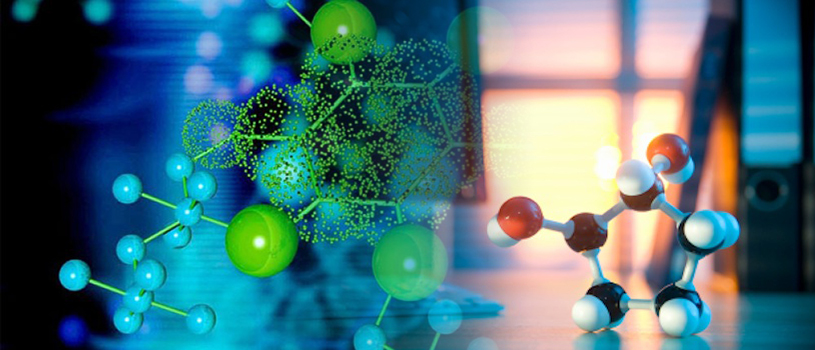
In an effort to eliminate the cooling required for superconductivity, scientists have created a superconductor with a porous, 3D gyroidal structure.

When you compress most materials, you squash their atoms or molecules up against each other, shortening the bonds between them. But a new kind ultra-compressible material acts like a set of gears and springs that shrink in size.

Imagine a polymer with removable parts that can deliver something to the environment and then be chemically regenerated to function again. Or a polymer that can contract and expand the way muscles do.

It's impressive to see how thin some laptops have become these days, but that's nothing compared to the ultra-thin machines of the future – which may be closer to reality thanks to a new chip production breakthrough from MIT.

For those with type 1 diabetes, regularly injecting themselves with insulin is part and parcel of their daily lives. This form of treatment hasn't advanced much for nearly a century, so it will come as good news that researchers at the Massachusetts Institute of Technology (MIT) are on the verge of a breakthrough.

This delicate, glowing flower could one day save your life. It’s the latest example of “4D printing” – 3D printed objects that change their shape over time – and it can move in a way that mimics natural processes. Similar materials could find a use in creating replacement organs in our bodies.

Scientists have woven the first 3-D covalent organic frameworks (COFs) from helical organic threads. The woven COFs display significant advantages in structural flexibility, resiliency and reversibility over previous COFs.

Anxiety disorder is the most common mental illness, affecting at least one in five adults. In their latest study, scientists at the Max Planck Institute of Psychiatry in Munich have shown that an enzyme called Dnmt3a is crucial in how the frontal cortex mediates stress-induced anxiety. Manipulation of this enzyme might represent a new therapeutic target.

To decide whether and where to move in the body, cells need to read chemical signals in their environment—and they don’t act alone during the process.

Bizarre quantum bonds connect distinct moments in time, suggesting that quantum links — not space-time — constitute the fundamental structure of the universe.

If we've learned one thing from breathy concept designs and cheesy sci-fi movies, it's that we all deserve flexible technologies: bio-electric tattoos that measure our vitals and tablets we can roll up to shove in our pockets.

The very first experimental observations of knots in quantum matter have just been reported in Nature Physics by scientists at Aalto University (Finland) and Amherst College (USA). The scientists created knotted solitary waves, or knot solitons, in the quantum-mechanical field describing a gas of superfluid atoms, also known as a Bose-Einstein condensate.

Scientists at the Swiss Federal Institute of Technology Lausanne (EPFL) have come up with a technique to convert mature cells into stem cells by “squeezing” them. This discovery could finally allow stem cells to be produced on an industrial scale.

Scientists have confirmed the discovery of 4 new elements, which will fill in the missing elements from the periodic table’s seventh row.

Presence of a gene variant involved in sensory pleasure and pain reduction may contribute towards making a population happier than others, suggests new research.